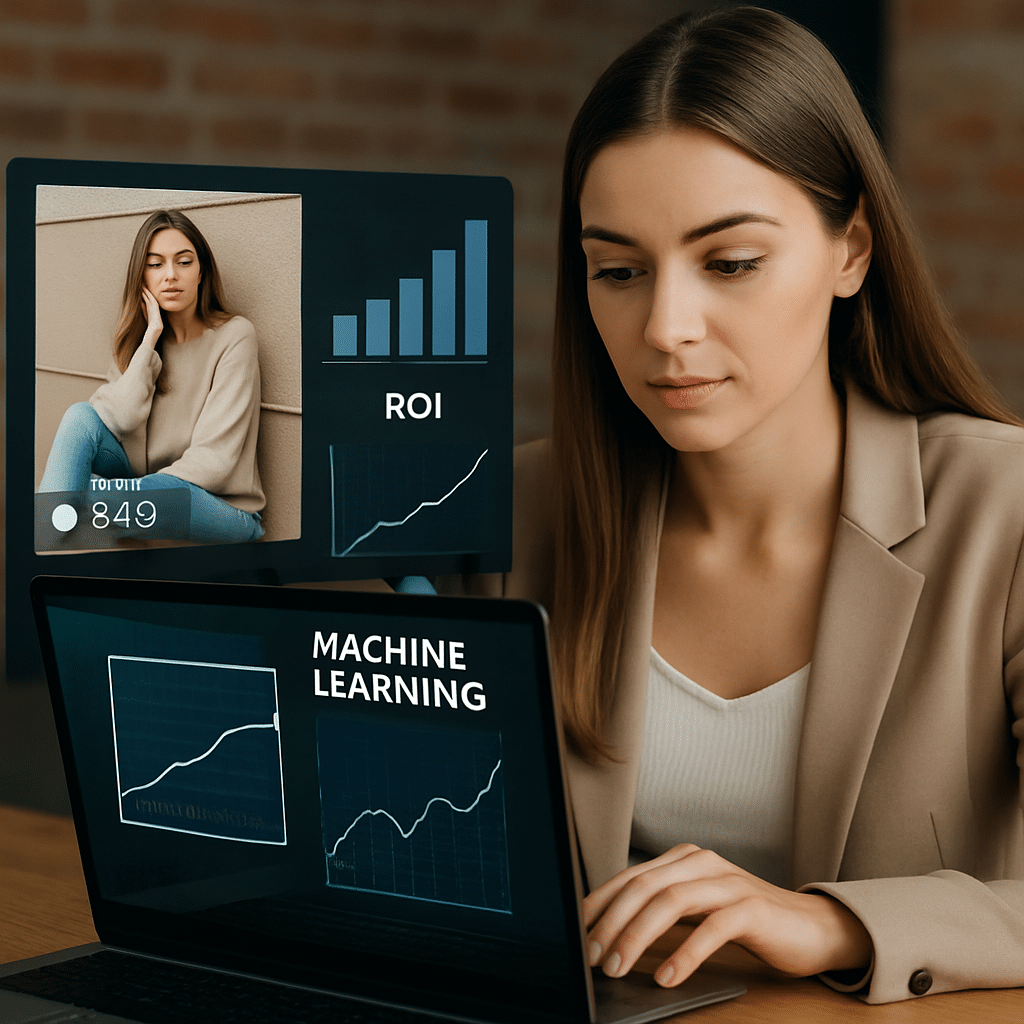In the rapidly evolving digital landscape, using machine learning to forecast influencer ROI is becoming a crucial component of marketing strategies. Brands strive to predict how influencers will perform, ensuring optimal investment returns. But how exactly does predictive performance revolutionize this field? This article delves into the intricacies of machine learning in influencer marketing and explores its transformative potential for your brand.
Understanding Influencer Marketing ROI
Influencer marketing ROI refers to the returns a brand generates from its influencer partnerships. Historically, this calculation depended on engagement metrics like likes, shares, and comments. However, understanding true ROI goes beyond mere numbers. By utilizing advanced analytics, brands can better interpret these metrics in relation to actual sales conversions, brand sentiment enhancement, and overall market penetration.
Incorporating predictive analysis allows businesses to refine this understanding, transitioning from reactive insights to proactive strategies. Machine learning algorithms can sift through large data volumes, offering brands pinpoint accuracy in evaluating influencer efficiency.
The Role of Machine Learning in Predictive Analysis
Machine learning, a subset of artificial intelligence, excels at discovering patterns in complex datasets. When applied to influencer marketing, machine learning can identify key factors that indicate potential campaign success, such as audience demographics, sentiment analysis, and historical performance. Brands can leverage these insights to make informed decisions about future influencer collaborations.
Through predictive performance, brands ascertain which influencers align best with their target market, maximizing ROI. This precision in selection cuts budgets on underperforming campaigns and allows allocation of resources to more promising partnerships.
Choosing the Right Machine Learning Model
Selecting the appropriate machine learning model is paramount for accurate ROI predictions. Models such as decision trees, neural networks, and regression analysis offer distinct advantages based on the dataset and the desired outcome. While simpler models like decision trees are preferable for quick, interpretable results, neural networks are ideal for deep-dive analyses where nuances are critical.
To maximize effectiveness, marketers should tailor their model choice to the specific campaign goals, factoring in elements such as data complexity, required accuracy, and resource capability. A sound understanding of these models ensures that the forecasts generated are not only accurate but actionable.
Integrating Machine Learning into Influencer Strategies
To integrate machine learning effectively, brands must prioritize data collection and management. Start by establishing a streamlined system that accurately captures influencer metrics and organizes them in a manner conducive to analysis. By fostering collaboration between data scientists and marketers, brands can harness this data to build robust, predictive strategies.
Future-forward brands should focus on automating some aspects of data processing to free up manpower for strategic execution. By balancing automation with human expertise, companies can fine-tune influencer strategies to closely align with core objectives, enhancing performance predictability.
Evaluating Success Through Predictive Models
Post-campaign evaluation is crucial. Leveraging machine learning models doesn’t end with prediction; it extends to continuous evaluation. Brands must continually refine their models to suit evolving trends and influencer dynamics. By utilizing feedback loops, predictive models are adjusted for better accuracy over time.
Additionally, successful campaigns should be dissected to understand what made them resonate. These insights enable future campaigns to replicate success patterns while avoiding past pitfalls, thus sustaining high ROI levels.
Looking Ahead: The Future of Predictive Performance
The future of influencer marketing lies in a more comprehensive understanding of consumer behavior, driven by machine learning advancements. Brands should invest in robust analytics infrastructure and machine learning capabilities to stay competitive as this trend spreads industry-wide.
Predictions point to an increasing reliance on influencers for brand storytelling, meaning precise predictive performance will become synonymous with successful marketing strategy execution. Companies that proactively adapt will lead the charge in this digital-first era.
In conclusion, using machine learning to forecast influencer ROI is a game changer, allowing brands to optimize marketing spend and strategy effectiveness. By tapping into predictive analytics, companies can not only anticipate campaign success but also usher in more significant opportunities for growth and innovation.
FAQs
- What is influencer marketing ROI? Influencer marketing ROI refers to the returns a brand earns from its campaigns with influencers, taking into account factors like sales, engagement, and brand visibility.
- How does machine learning enhance influencer marketing? Machine learning analyzes vast data sets to identify patterns and forecast campaign outcomes, allowing brands to make data-driven decisions about influencer partnerships.
- Is investing in influencer marketing predictive analysis costly? While there is an initial investment in data infrastructure and tools, the enhanced accuracy and strategic insights typically lead to greater returns, making it a valuable investment.
- Can small businesses benefit from predictive performance? Absolutely, predictive performance can help small businesses allocate their limited resources more efficiently, maximizing the impact of their influencer marketing efforts.
- Which machine learning models are best for predicting influencer ROI? The model choice depends on the specific goals and data complexity, with decision trees offering simple interpretations and neural networks providing deep insights for comprehensive datasets.
